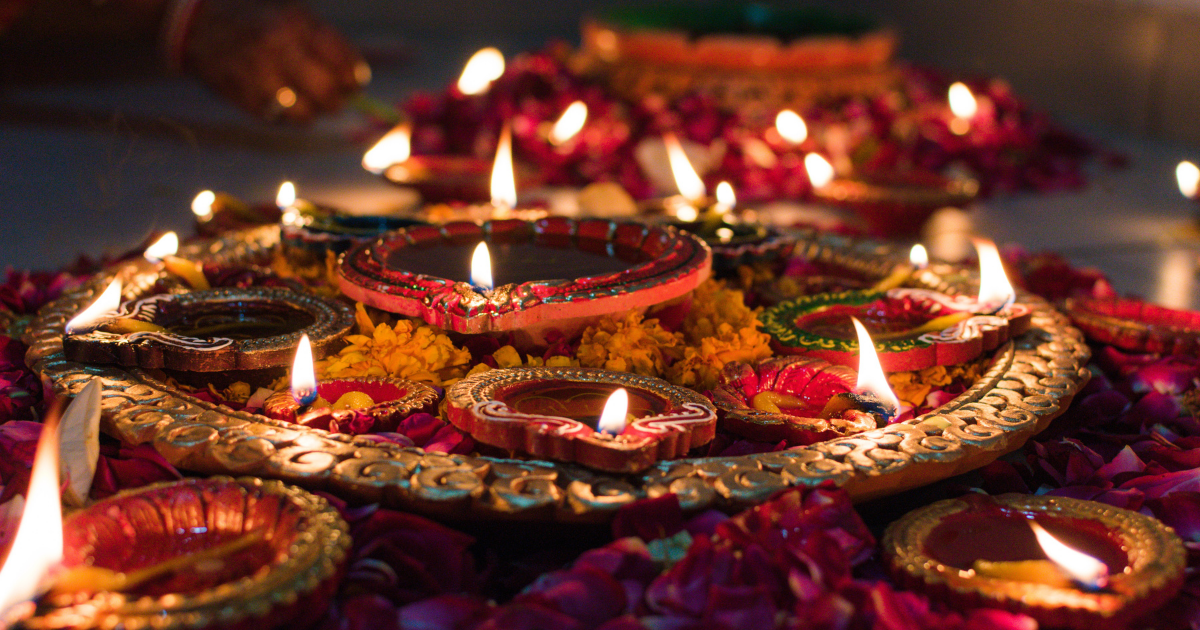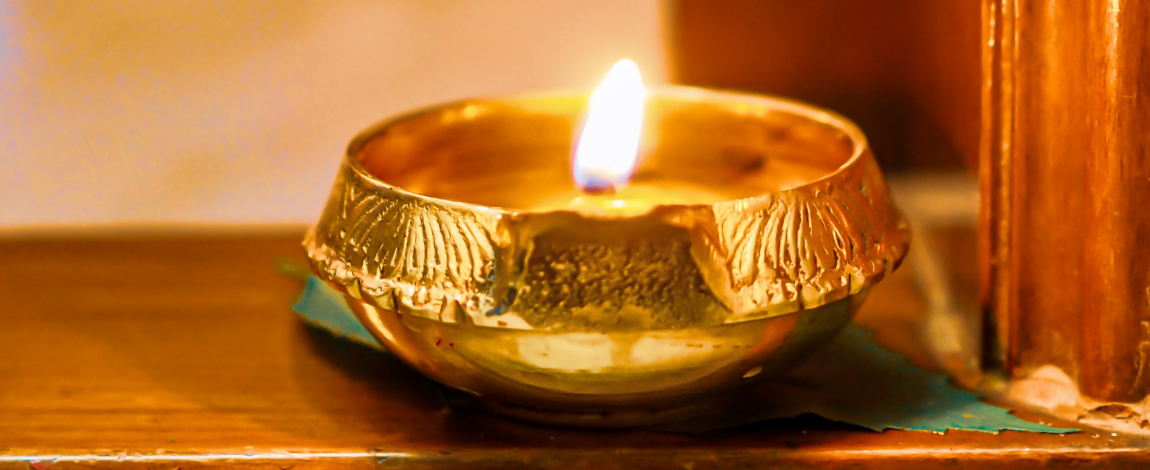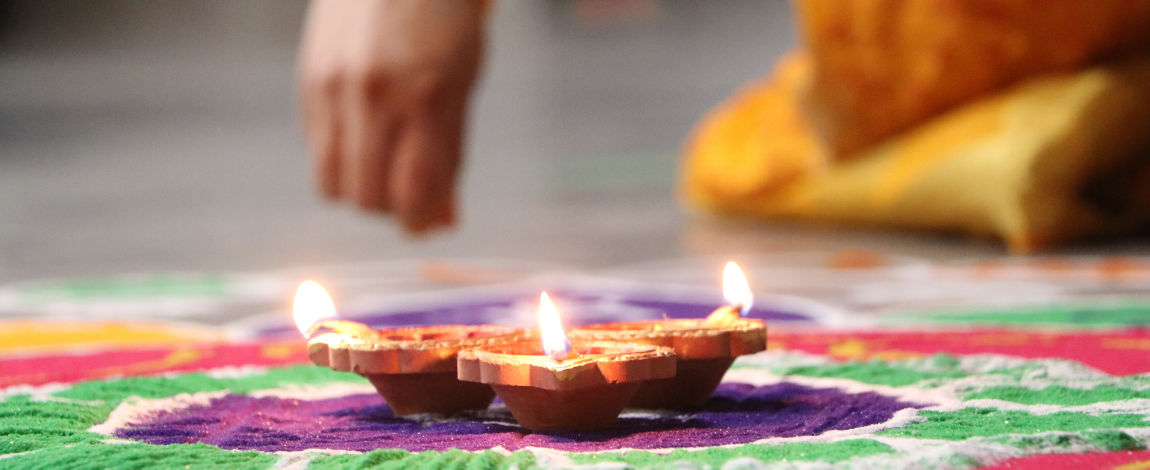Diwali: The Festival of Lights
 Written by: Laura Chiarvesio
Written by: Laura Chiarvesio
Photo by: Udayaditya Barua on Unsplash
Diwali, or Deepawali, otherwise known as the Festival of Lights, is considered the biggest annual holiday of the year in India. Well known for its light displays, fireworks and colourful decorations, it is a celebration of light over darkness and good over evil. While Diwali originates in India it is celebrated by Hindus, Sikhs and Jains all around the world, each of which have different traditions to commemorate the holiday. It always falls during the months of October or November, and this year it began on November 12th. The date is determined according to the first new moon on the Hindu calendar. It takes place over five days, with each day having different activities to celebrate the occasion.
Diwali is filled with prayers, seeing family and friends, and sharing meals and sweet treats. People will sometimes dress in colourful traditional clothing, including saris for women and kurta for men. At the beginning of Diwali, houses are cleaned and decorated with lights, flower garlands and other colourful items. Gifts are exchanged among friends and family, traditionally consisting of boxes of sweets or dried fruits.
 Diyas, or small oil lamps, are lit on Diwali.
Diyas, or small oil lamps, are lit on Diwali.
The main celebrations of Diwali occurs on day three of the festival in most regions. This year, it took place on Saturday November 14th. On this day, families will often gather together for prayers, or puja, which is followed by a large feast. This day of Diwali falls on what is considered the darkest night of the moon’s cycle, so lights of all kinds are a significant part of the celebrations. Firework displays and lighting diyas, small oil lamps (pictured above), are most characteristic of Diwali. The name ‘Diwali’ itself means ‘row of lights’ or ‘rows of lighted lamps.’ Lighting diyas and placing them along walkways and windows of a home is a way for people to show others that they are celebrating and signifies the power of light over darkness. It also represents the welcoming of the gods and goddesses into the home to bring good fortune.
Lights are most associated with Diwali; however, another significant ritual that takes place is rangoli. This is often done on the second day of the festival. Made of coloured rice or powder, rangoli are colourful patterns drawn on the ground. They can also be decorated with flowers and candles. Rangoli is often used to decorate the entrance of a home, which, in the Hindu religion, is significant because it welcomes the goddess Lakshmi inside who is considered the goddess of wealth and good fortune.
 Rangoli is another tradition performed during Diwali.
Rangoli is another tradition performed during Diwali.
While celebrations may have looked different this year, Diwali is a time of joy and a time to look forward to the year ahead.
Happy Diwali!
Check out the International Connections blog from the International Student Centre! Visit their blog for more stories, and to check out Laura's original post.
If you want to share your favourite holiday and traditions, reach out via our join the conversation page! We'd love to hear from you.
Published on

